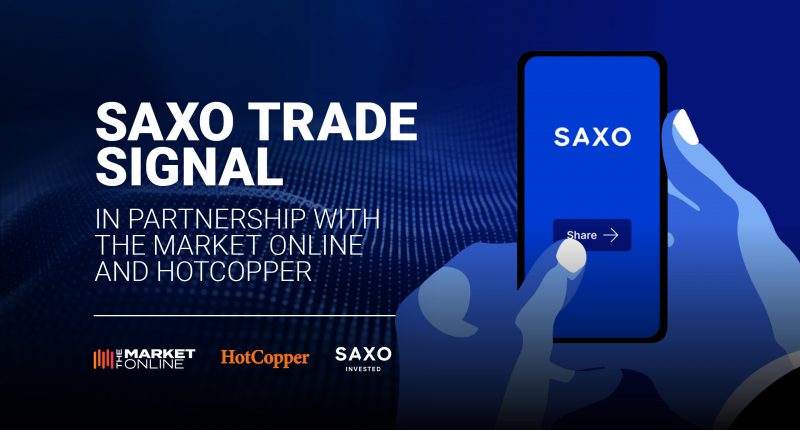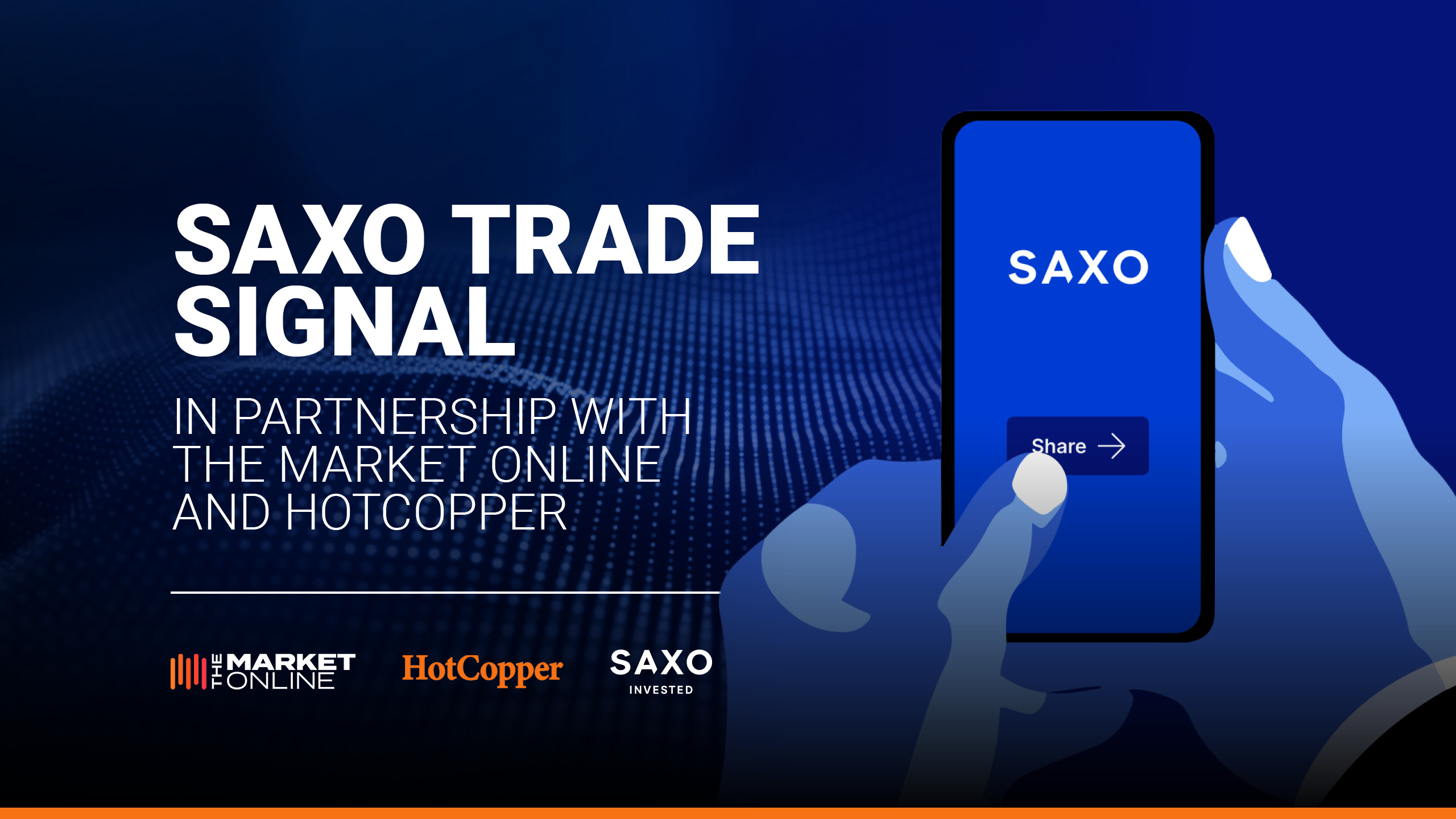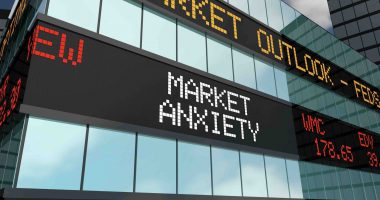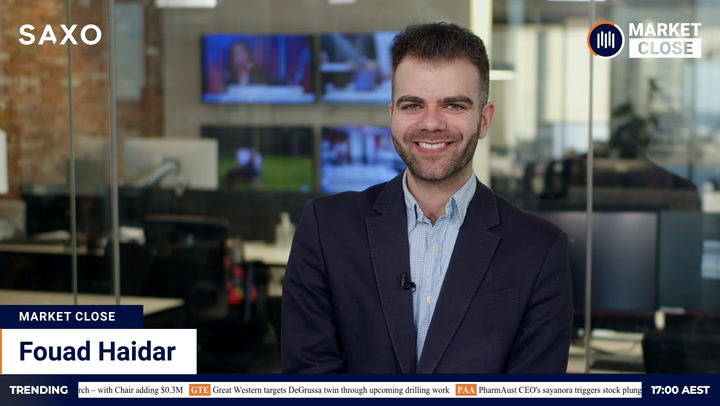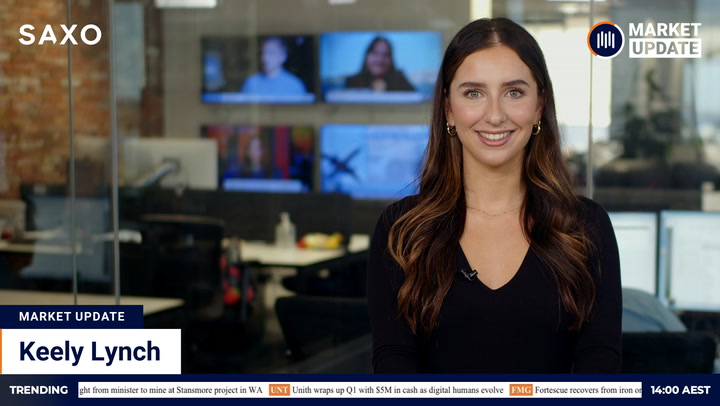Diversification across geographies, sectors and asset classes is one of the most important ways for investors to build long-term wealth and achieve positive returns while avoiding major risk.
Investors should always keep in mind that they’re building a portfolio for life – meaning those with only one or a few stocks in their core portfolio are taking too much risk, as no one can know exactly how a company will perform (or if it will even stand the test of time).
So it naturally follows that the cost of portfolio diversification – in the form of investment brokerage and currency conversion fees – should be of utmost importance to investors of all types.
With lower trading costs, even beginner investors can create diverse portfolios of multiple stocks and ETFs, and add to (or change) these positions with minimal impact on returns.
Best of all, a broad exposure to the market triggers far fewer of the behavioural risks that choosing individual shares does.
It’s quite a confidence boost to know that, with a more diverse approach, the stock market has historically always bounced back over the longer term, even if individual companies may not.
It is this fact that has driven Saxo to this year reduce its brokerage fees and currency conversion costs – to help investors in Australia make more of their money and prosper over time.
The need to diversify investment portfolios is a long-established principle. A paper on portfolio diversification – the only so-called ‘free lunch’ in investing – written by economist Harry Markowitz in the 1950s, was awarded a Nobel Prize in 1990. As Markowitz said in interviews on the subject: “I was awarded (the Nobel Prize) for portfolio theory, which in brief says, ‘don’t put all of your eggs in one basket’.”
While diversification can never fully eliminate risk, it is important for any investor building a portfolio over a lifetime to avoid overexposure to any single stock or sector.

Trading costs are therefore a critical consideration as investors buy stocks, ETFs and bonds and build a diversified portfolio.
That’s particularly the case when investing with smaller position sizes, as trading costs may represent a larger percentage of the likely return on a portfolio. And inevitably, as investment position sizes fall, fixed trading costs can severely downgrade portfolio returns.
Lower trading costs – supercharging portfolio diversification
Just as active traders and investors will benefit from lower trading costs for more frequent trading strategies, so too will ‘buy-and-hold’ investors.
To illustrate the impact of lower trading costs, let’s take a buy and hold investor in Australia with a standard-tier ‘Classic’ Saxo account containing about A$15,000 (US$10,000).
This investor wants to diversify by investing in 10 US stocks or ETFs with approximately equally sized positions of US$1,000 each. Using Saxo’s former prices, the cost per trade would have been 0.08 per cent of the amount of each position (or a minimum of US$8). In this case, the minimum fee applies.
If we multiply that minimum US$8 commission times 10 positions, our investor would have paid US$80 in commission costs, or 0.8 per cent of the account’s total value.
But under Saxo’s new prices, each position would incur a cost of 0.08 per cent of the amount of each position, or US$1 minimum (in this case, the US$1 minimum applies). In other words, the trading costs have dropped 87.5 per cent to a mere US$10.
Now, let’s also say that, over an average year, this same investor has a 50 per cent turnover rate in positions (five positions sold and five new positions acquired). Under the old cost structure, that would have meant an additional US$80 in commission costs (10 trades at US$8 each). Overall, with 20 total trades (see table below), the investor would have spent 1.6 per cent of their account value. That 1.6 per cent is a very significant chunk – more than a fifth – of the average yearly return on the US S&P500 Index over the past 20 years of 7.5 per cent (not including returns associated with dividends).
Under the new pricing structure, however, the total commissions would add up to only 0.2 per cent of the account – less than 3 per cent of the average yearly return of the S&P500.

What’s more, Australian investors can open multi-currency ‘sub-accounts’ through the Saxo platform, in 11 different currencies, including USD. This means that the investor in this scenario can conduct all their trades within their USD ‘sub-account’, and avoid repeatedly converting AUD to USD or vice versa (and therefore being hit with repeated FX fees).
Saving even more with ‘top-ups’
If we further assume that this same investor wants to increase the size of five existing positions by US$250 each, the old commission structure would have incurred an additional US$40 in commission costs (five new positions at US$8 each), a 3.2 per cent commission cost relative to the size of the added funds.
Under Saxo’s new cost structure, these ‘top-up’ positions would incur a fee of only US$1 each, or US$5 in total.
In other words, the smaller the position added, the more the lower pricing impacts returns.
Disclaimer: Saxo Capital Markets (Australia) Limited (Saxo) provides this information as general information only, without taking into account the circumstances, needs or objectives of any of its clients. Clients should consider the appropriateness of any recommendation or forecast or other information for their individual situation.
The material provided in this article is for information only and should not be treated as investment advice. Viewers are encouraged to conduct their own research and consult with a certified financial advisor before making any investment decisions. For full disclaimer information, please click here.

